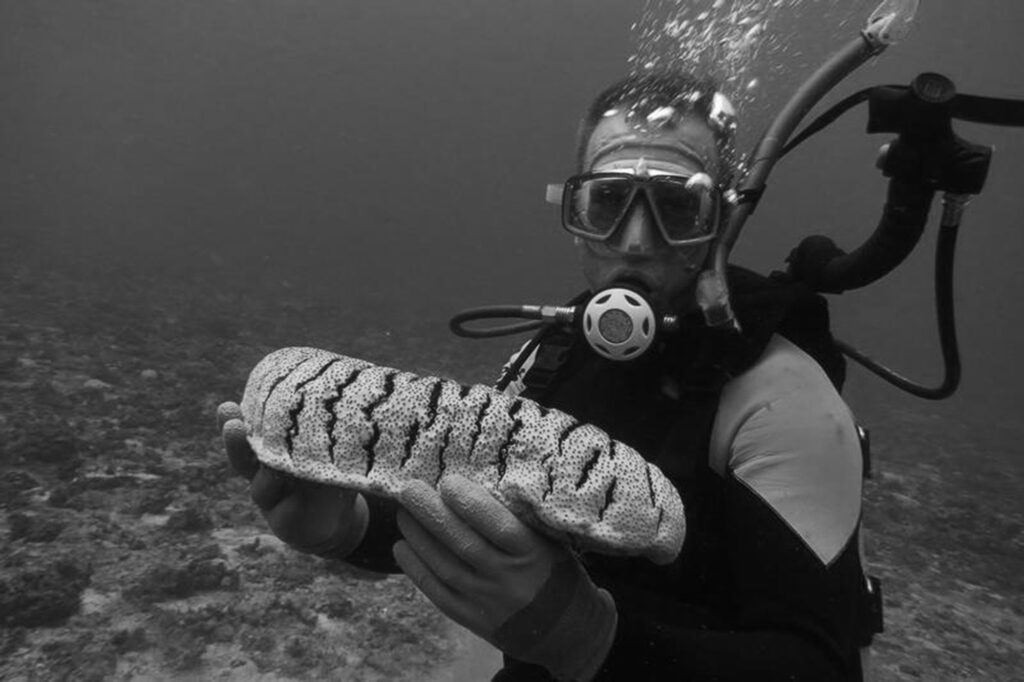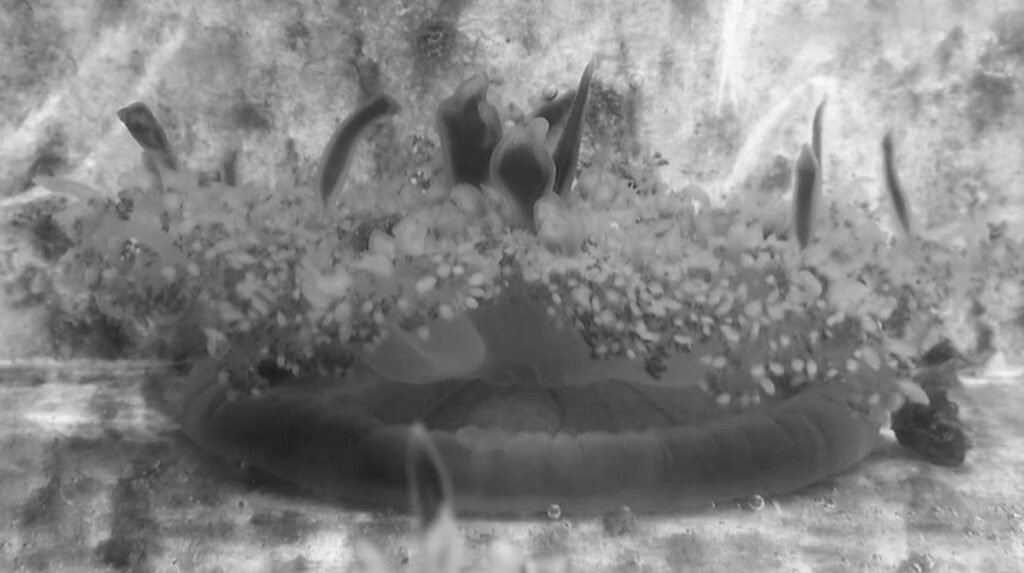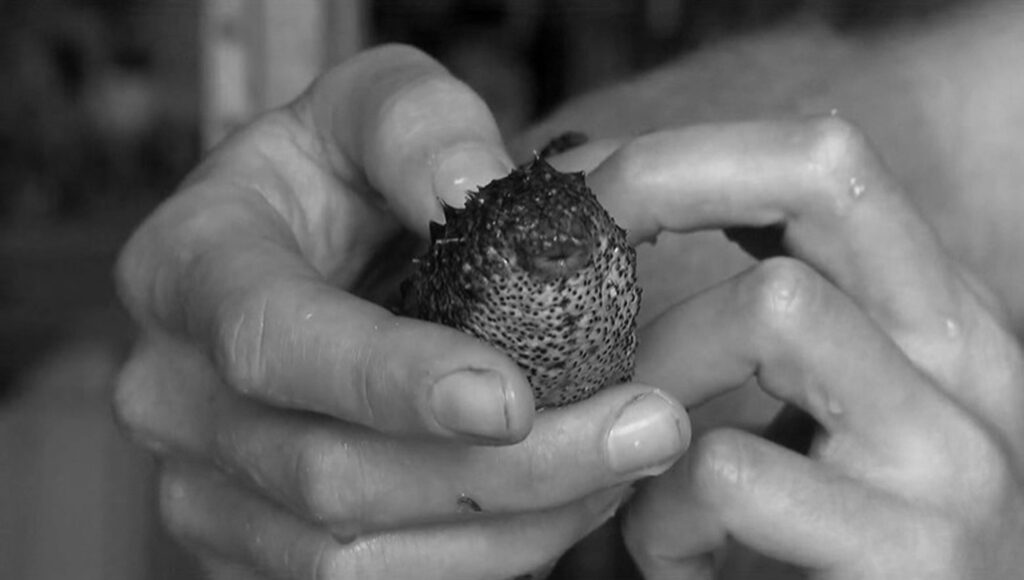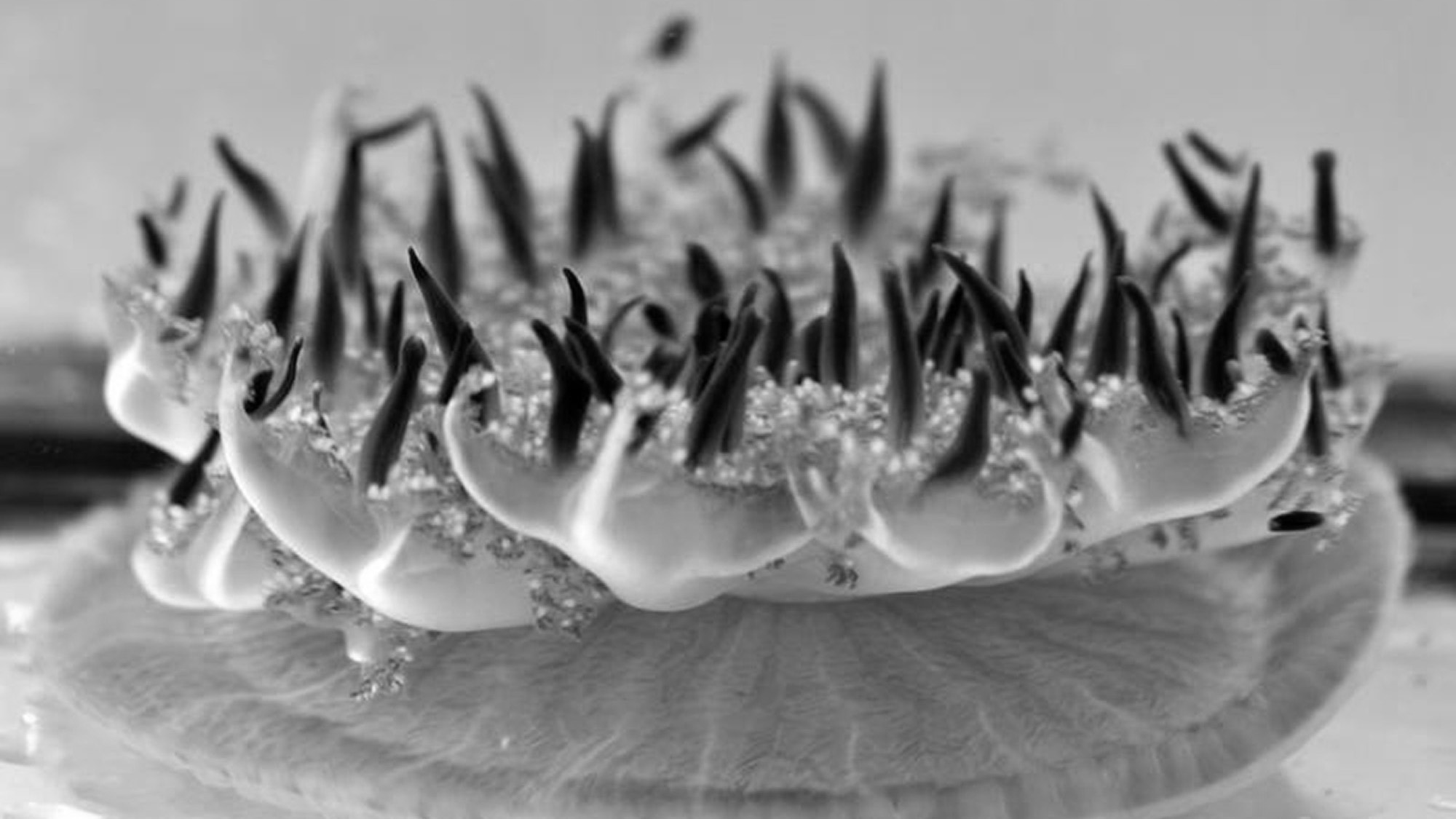German scientists have predicted people will soon be eating jellyfish chips after the marine animal proved to be rich in protein and mineral content.
Researchers from the Leibniz Center for Tropical Marine Research (ZMT) in the city of Bremen in Germany have been investigating this hardly used food resources from the ocean and the possibilities of including them in people’s everyday diet.
According to the ZMT scientists resources such as fertile land, fresh water and mineral fertilizers are becoming increasingly scarce since the word population is growing rapidly and is expected to reach 10 billion by 2050.

Because this issue raises major challenges for the global food security the ZMT team placed their focus on other more sustainable resources such as the jellyfish which are known for causing unpleasant pain and even known for poisonous plague outbreaks throughout the world.
Marine biologist Holger Kuhnhold said that jellyfish are among the oldest living creatures on Earth and added: “Jellyfish consist of around 97 percent water, but their dry matter has an interesting nutritional profile that is similar to other seafood.
They are low in fat and consist mainly of proteins, some of which have a high proportion of essential amino acids. They also contain many minerals and polyunsaturated fatty acids.”
Kuhnhold also explained that when it comes to the ocean, people meet their protein needs mostly by consuming large predatory fish such as salmon or tuna and said: “Unfortunately this is not sustainable at all.”

He emphasised: “Only in the Asian cuisine we can often find jellyfish used mostly in soups or salads.
For Europeans, they [jellyfish] could become attractive as a low-calorie superfood in the form of chips or protein powder.”
Kuhnhold works on determining the nutritional values of different types of jellyfish and deals with the technical challenges of their breeding in aquaculture.
He holds high hopes for the mangrove jellyfish (Cassiopeia andromeda) which could be cultivated in urban environments by using modern LED technology.
In addition, the ZMT is also investigating other protein sources from the oceans such as sea cucumbers out of which there are potentially 1,700 species that might be used in the future.
Sea cucumbers which are not entirely alien to the European cuisine and are considered a delicacy in the autonomous region of Catalonia in Spain contain among other things a substance called chondroitin sulfate, which is effective against osteoarthritis.

The researchers from the ZMT team are also investigating green algae which are colloquially known as sea grapes or green caviar in English.
According to the scientists, despite their valuable nutritional composition, algae could also be used as waste recyclers for integrated aquaculture because of their ability to feed with dissolved nutrients.
To find out more about the author, editor or agency that supplied this story – please click below.
Story By: Georgina Jadikovska, Sub-Editor: James King, Agency: Newsflash
The Ananova page is created by and dedicated to professional, independent freelance journalists. It is a place for us to showcase our work. When our news is sold to our media partners, we will include the link here.




